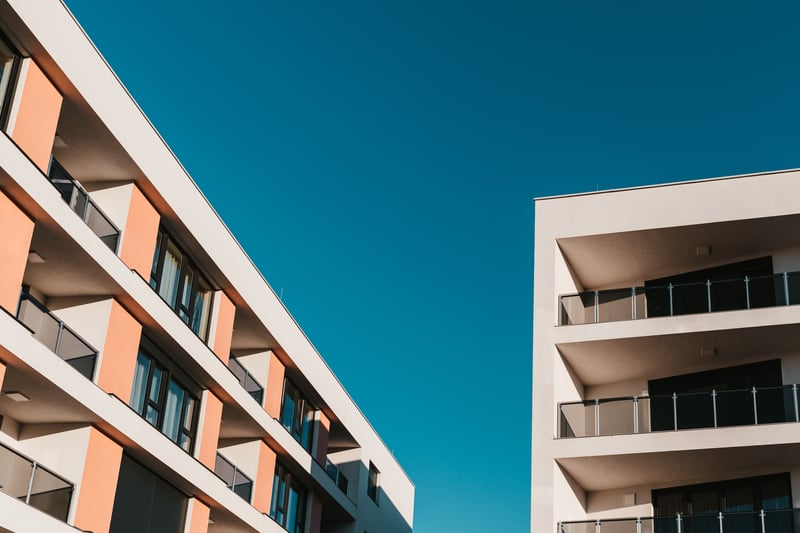22 min read
Section J vs JV3, Know Which Method Suits your Project
To ensure a seamless approval process that doesn't hold you down or end up costing more than it should, it's critical...

A certification from LEED (Leadership in Energy and Environmental Design) should indicate a healthier and relatively stress-free environment which responds to the well-being of its occupants. LEED aims to enable such an environment through the promotion of resourceful and efficiency energy consumption within likewise resourceful and efficient systems and policies. Ultimately, a certification like LEED can result in higher occupancy and leaser rates, and lowered utility costs.
LEED assessment is controlled by the USGBC, through which assessors can be accredited to undertake LEED ratings. LEED is assessed by rating how the building complies with certain sustainability goals that the USGBC has outlined as stated above.

There are five different certification types through which a building can be categorised and assessed, those being building design and construction, interior design and construction, building operations and maintenance, neighbourhood development, and homes. Each of these categories defines a certain type of sustainability compliance having various sustainability goals. To be assessed by LEED the project must firstly comply with the requirements of the type that it is categorised in, be in a fixed location so as to accurately assess its surrounding climate’s effect on the thermal comfort of the structure, it must also use reasonable boundaries as outlined by LEED, as well as comply with the project size requirements.

To ensure a seamless approval process that doesn't hold you down or end up costing more than it should, it's critical...
What is a WUFI Model?
WUFI (Wärme Und Feuchte Instationär, which translates to Transient Heat and Moisture) is a...
A JV3 Report is an alternative assessment method for non-residential buildings which uses a reference building to...
FOR IMMEDIATE RELEASE
Sydney, 11 March 2025
Certified Energy is pleased to announce our...